Media | Articles
Packard Plant Could Be Fully Torn Down by the End of 2024
The historic Packard plant could be history by the end of the year. Detroit Mayor Mike Duggan announced earlier this month that the mammoth facility, which stopped producing Packard luxury automobiles in 1956 and has been mostly abandoned since the 1990s, will be fully torn down by the end of 2024.
Once the standard-bearer of modern automotive factories, the Packard plant is one of a handful of transportation-related buildings in the Motor City that have become popular “ruin porn” attractions during the last several decades.
“Sixty-eight years,” Duggan told Fox 2 Detroit, referencing the last time a car was produced at the plant, “but it was worth the wait.”
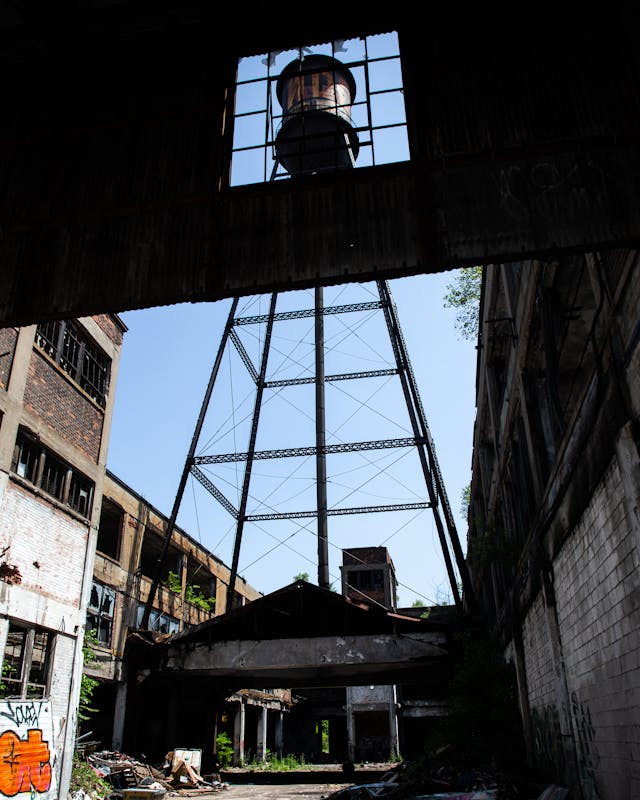
Duggan and city officials, speaking at a press conference on March 4, said they hope to have a new automotive-related plant built on the 42-acre site, located on East Grand Boulevard, northeast of downtown.
“You can see that a lot of it has already been cleared out,” Duggan said. “This is an ideal site for manufacturing. I want to see people making auto parts again here.”
Marketplace
Buy and sell classics with confidence
The press conference actually marked the beginning of the third phase of the demolition, which began in 2022. Peruvian developer Fernando Palazuelo had planned a $350 million mixed-use development there, but the project was slowed by the pandemic and eventually came to a halt. When Palazuelo failed to comply with a court order to demolish the dilapidated buildings, the city took ownership and immediately announced demolition plans.
The first portion of the Packard plant opened for business in 1903. The complex would eventually comprise four million square feet of factory space and employ up to 40,000 workers at its peak.
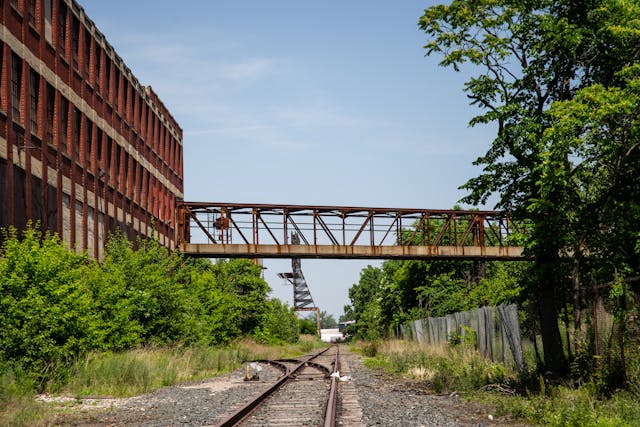
In 1954, Packard merged with Studebaker and two years later, production was moved to a smaller plant on Conner Avenue. The last true Packard rolled off the line on June 25, 1956.
Portions of the Packard site were used by numerous small businesses until the late 1990s, when most of the structures were abandoned, left to scrappers, squatters, and the elements.

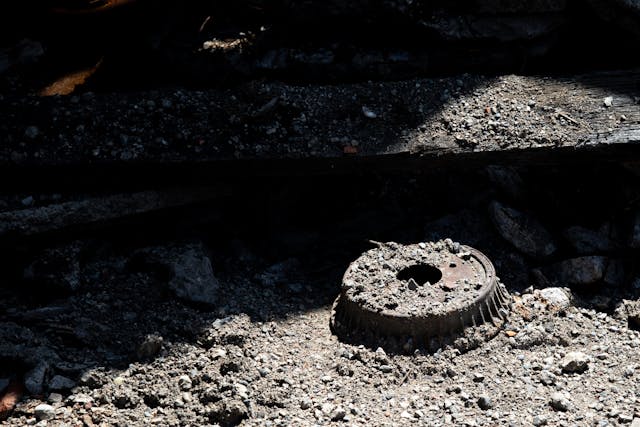
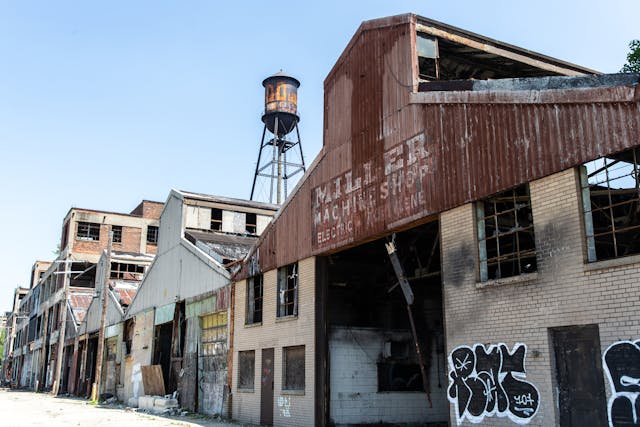
According to The Detroit News, Detroit-based contractor Adamo Group began demolition at 5409 Concord Street, comprising about 200,000 square feet, on the southern section of the plant. The teardown work is expected to take five months and cost $1.2 million to complete. Three more portions of the plant will need to come down. All told, about $26 million in pandemic relief funding will be used to demolish the plant.
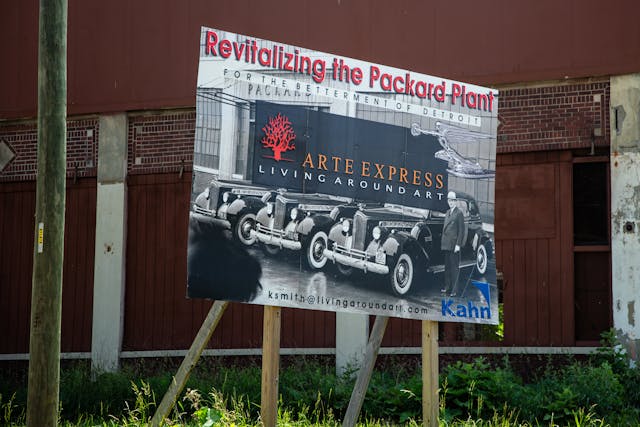
“This project is monumental for the city’s mission [to eradicate blight],” said LaJuan Counts, director of the Detroit Construction and Demolition Department. “It symbolizes Detroit’s resilience and its commitment to revitalization. As we look to a new era for this site, we honor the history of the old Packard Plant while embracing future possibilities for our city.”
Duggan said that not all of the Packard plant will be razed. “The part of it (that) we are preserving is on Grand Boulevard, because this plant is a big part of Detroit’s history. … There will be a small section of the plant on each side of Grand Boulevard that will be incorporated in any developer’s proposal so we can recognize the history at the same time we’re building the future.”
***
Check out the Hagerty Media homepage so you don’t miss a single story, or better yet, bookmark it. To get our best stories delivered right to your inbox, subscribe to our newsletters.
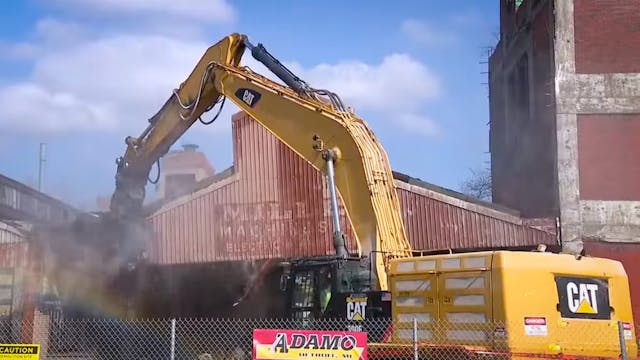

















Well if it’s gotta go, I at least want to thank Cameron Neveu for the outstanding pictures which have documented much of the interesting features for we readers. That shot of the Miller Machine
Shop front with the water tower hulking above is one of my favorite all-time photos!
Agree! When I saw the video clip on Fox 2 showing that particular building being torn down, it really hit home.
A friend and I managed to get a “tour” of much of the plant by the property manager for the grounds late last year. They were already starting to take down buildings at the north end of the complex. Well worth the few hours of time to see it one last time before it’s largely gone.
It’s time. This has gone on too long and has done more damage to the area.
I am all for saving what can be saved but places like this had their time and just economically don’t fit anymore.
You just have to love they are spending $26MM of pandemic relief funds to demolish the buildings. I don’t see the connection to the pandemic. These buildings needed demolishing long before the pandemic started.
Detroit does, however, have a pandemic of abandoned factories. More to come. More funding, too.
Agreed.
Open license for pandemic related funding? Perhaps this is a next step for an economic rebuild and the funds expedited that?
Nice to see the freshly minted Packard beauties out in front of the plant. Must have been quite the place back in the day.
Best of luck Detroit.
Its not like its real money, they just print it.
Overdue to be demolished but still… “All told, about $26 million in pandemic relief funding will be used to demolish the plant.”
Pandemic relief, what a joke. A joke that still is printing money.
I’m from the government & I’m here to help. LOL!
They forgot to mention the dozens of legendary rave parties they threw in there during the late 90s. What a place…
Definitely misappropriation of pandemic relief funds, but that’s the fault of Congress for not putting restrictions on how those funds could be used before just handing out checks like candy.
Still, I’d like to see a portion preserved as a Packard museum. I can’t tell from the article what will actually be saved and for what purpose (saving an exterior wall as part of a fence is not the same as a useful space).
Too many comments from people who don’t know the details, which matter. The fatal flaw of the main plant was 20′ ceilings, that did not work with the modern standard 24′ for warehousing and manufacturing. The plant is in a scruffy industrial area so there isn’t much else to do there. Add in the crack epedemic, Detroit’s financial woes and years of neglect and you get this result. Pandemic funds are an appropriate source to enable a recovery from the shutdown damage to the auto industry that still is a huge economic engine here.